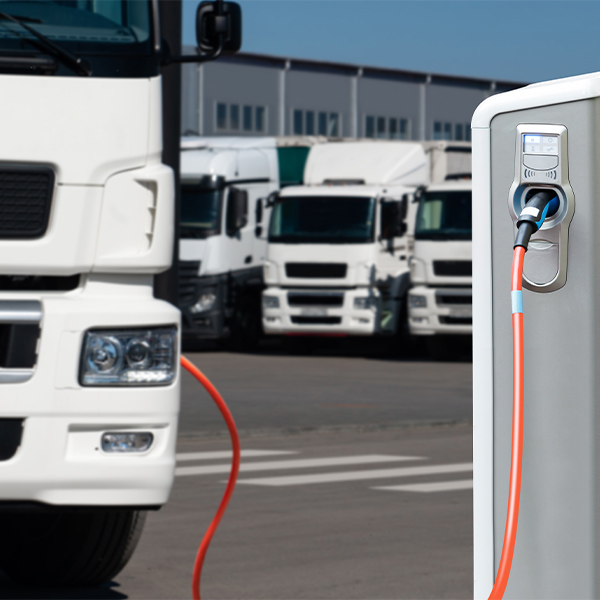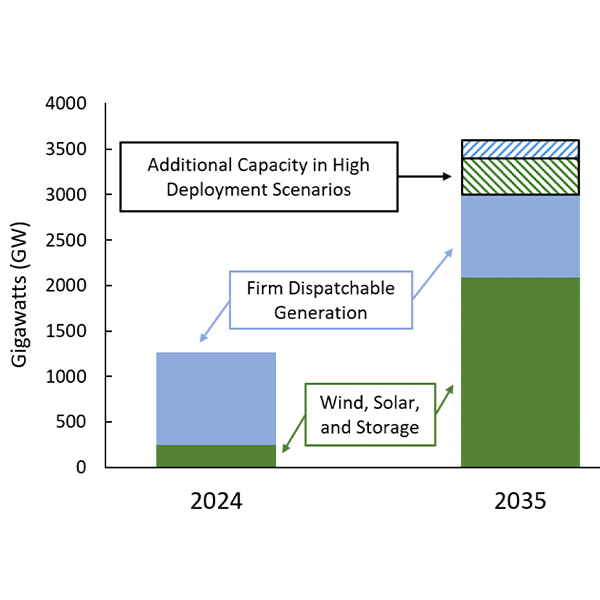Distributed Energy Resources (DER)
ISO-NE is predicting that New England’s peak load will increase by about 10%, and electricity consumption by 17%, by 2033, according to its 2024 Capacity, Energy, Loads and Transmission report.
Serving new demand from medium- and heavy-duty vehicle electrification will require grid upgrades but could lower utility rates, Advanced Energy United said.
Streamlining and accelerating permitting is just one of the potential uses DOE envisions for AI to accelerate the U.S. power system’s transition to 100% clean energy and the modern, efficient, secure grid needed to reach that goal by 2035.
The New Jersey Board of Public Utilities has opened its fourth offshore wind solicitation with a planned capacity of up to 4 GW.
New York has launched a process to maximize the use and effectiveness of flexible tools such as distributed energy resources and virtual power plants.
FERC approved NYISO’s proposed tariff revisions that set rules for distributed energy resources seeking to participate in its markets, including a 10-kW minimum for individual resources to be included in an aggregation.
FERC accepted an Order 2222 compliance filing by ISO-NE while requiring the RTO to make an additional filing to detail deadlines for distributed energy resource aggregators to submit metering data.
California could significantly cut power costs through increased use of VPPs, according to the study by The Brattle Group and GridLab.
MISO members pondered at Board Week over how quickly the full impact of Order 2222 will be felt across the footprint.
The Washington Post’s warning that “America is running out of power” lacks context and distracts us from the real work at hand, says columnist Steve Huntoon.
Want more? Advanced Search









